Building upon the long-term success of our traditional LOCband, our in-house design team redesigned the cranial helmet for 3D printing. The aim was to create a 3D-printed cranial helmet that still gives the correct amount of force to remodel the head shape, while increasing comfort due to a lightweight and ventilated design.
Using the latest and most accurate 3D printing methods, LOC has been able to successfully treat both plagiocephaly and brachycephaly with this lighter helmet. We initially trialled our helmet against our original LOCband over 18 months, during which, we were able to ensure consistent corrected head shape results.
Parents were most drawn to its ventilated features due to the recent hot weather, leading to improved compliance during the night. The LOCband Lite is about 40% lighter than the original LOCband, thanks to the walls of the helmet being thinner. One of the benefits of this is that the helmet causes less strain on the neck thus helping to alleviate the symptoms of torticollis.
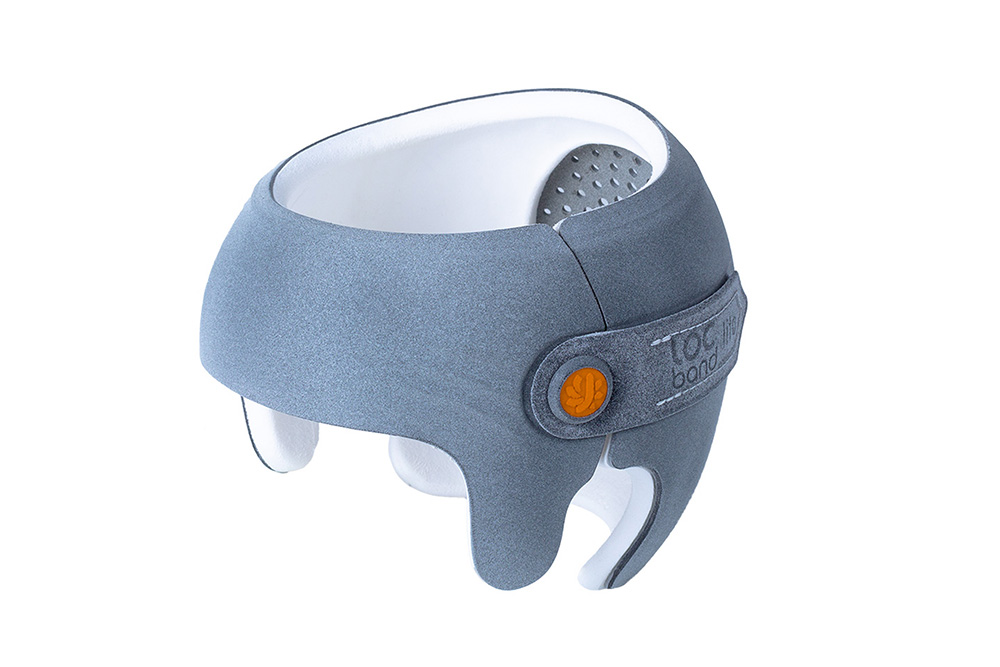
Improved ventilation means babies are less likely to become hot and bothered while wearing it. This leads to better wearing compliance during the nighttime and during the warmer summer months. The more time a baby spends in their helmet, the shorter the length of treatment (which typically ranges from 3 to 6 months).
The latest version of the LOCband Lite uses an updated bivalve design, with two parts joined by a hinge. This makes it much easier for parents to put the helmet on and take it off, which can be especially helpful for cleaning and helmet breaks.
Parents appreciate the streamlined and less bulky profile of the LOCband Lite compared to traditional helmets, making it more comfortable for your baby to wear. The LOCband Lite weighs approximately 40% less than the original LOCband design.
This reduction in weight is thanks to the sleeker design of the helmet and its thinner foam walls. This creates less burden on a baby’s neck, which can help in the treatment of torticollis.
The lightweight design of the LOCband Lite not only reduces weight but also cuts down on the amount of plastic required, when compared to traditional polypropylene helmets.
This translates to a saving of 1120 grams per band, equivalent to an enormous 336 kilograms annually— the same weight as three male baby elephants.
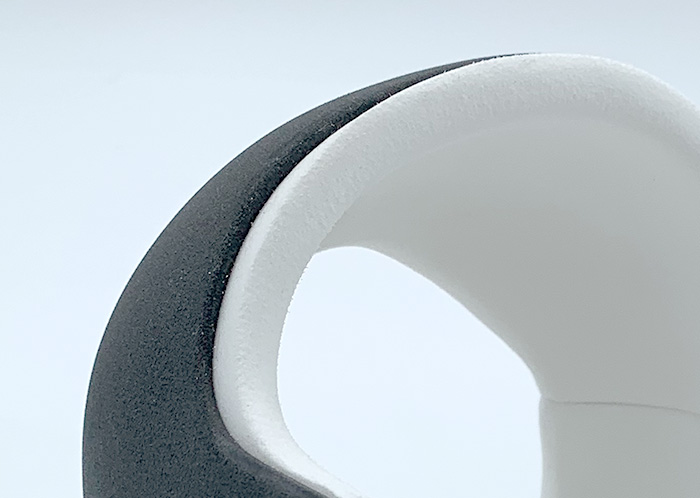
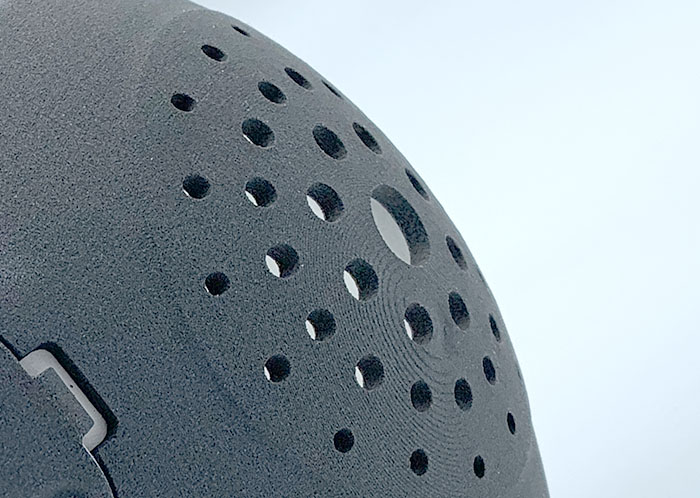
This is very much dependent on how fast your baby is growing. The faster the growth, the more frequently your baby will be seen so that the helmet can be adjusted. In general, reviews will happen at two to four-week intervals.
The price of treatment covers:
Yes - All babies that have completed their course of treatment with us have achieved a measurable improvement in head shape. However, you don’t have to take our word for it.
Recent independent research conducted by a University Hospital in Germany has endorsed the treatment for babies with moderate or severe plagiocephaly.
A larger, retrospective study has just been published that found complete correction was achieved in 94.4% of babies treated with helmet therapy.
The results were conclusive: repositioning achieved acceptable correction in 77.1% of cases, but 15.8% were moved onto helmet therapy because re-positioning was not working. Meanwhile, 94.4% of the infants who started in the helmet-treated group achieved full correction, as did 96.1% of those who were transferred from the repositioning group into the helmet-treated group.
Further information can be found on our Plagiocephaly Research page.
If your baby has a temperature or a fever due to illness you must remove the band. The band can be put back on once the temperature has returned to normal.
The optimum age for treatment is between four and seven months.
This is because the skull is most malleable at this age and improvements to head shape tend to take less time and are more dramatic. That is not to say that helmet therapy should be ruled out if the baby is older than seven months. Routinely, babies up to the age of 16 months can be treated very successfully.
The cut off age is around 18 months when the fontanelles (soft spots on the head) are no longer malleable. As babies grow and develop at different rates, it is always worth checking if you are not sure. There have been cases where a baby’s fontanelles have not fused yet by the age of 18 months, who have achieved successful, but less-marked results with cranial remoulding therapy.
Torticollis is a condition in which a tight or shortened muscle in one side of the neck causes the head to tilt or turn to one side, resulting in the infant resting its head in the same position. In 2013, we analysed the data from all first appointments in our Kingston clinic and found that 20% of the babies examined had some kind of neck condition that was causing head immobility.
The clinics and clinicians that provide this treatment in the UK will have received similar training and experience. However, we are the only clinic that manufactures its own helmet and our clinicians are closely involved with the process for each individual helmet that we produce.
In addition, we do not restrict review appointments to a set number, we are extremely flexible and respond to individual parents' needs so that the best outcome can be achieved for each baby.
The LOCband is non-invasive and works by applying gentle, constant pressure over the areas of the baby’s skull that are most prominent while allowing unrestricted growth over the flattened areas. The band consists of a soft foam layer inside a thermoplastic shell. As the baby grows, the band will be adjusted frequently to gently guide the skull into a more symmetrical shape.
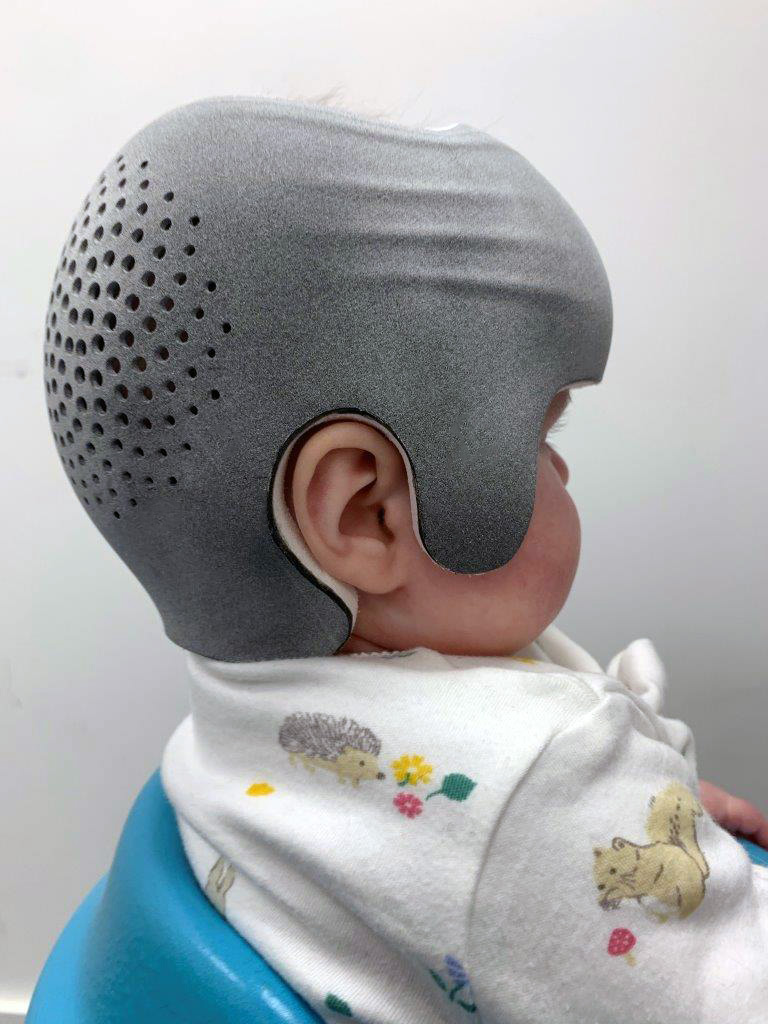
Only if we feel your baby needs a helmet will we prescribe the treatment for a cranial band. If the head shape is mild, sometimes repositioning can help. However, where there is uncertainty or severe head shapes, we will advise cranial remodelling therapy to get the best possible correction results.
Every LOCband and LOCband Lite are made completely bespoke from a 3D scan of the baby's head. The scan is processed to create a model of the baby's head, which then goes through an additional process of clinical modelling to find what type of correction amount is manageable.
The 3D file is then sent to our in-house design department, where they carefully model using a streamlined CAD process. Design features are then custom-built upon the design in the form of reinforcements and areas to mesh for ventilation, whilst maintaining material strength for a correct and safe amount of pressure for the remodelling of the skull.
The final part file is then sent to additive manufacturing whereupon it is printed using HP's Multijet fusion technology. LOC then finishes the helmet by hand with foam lining and a low-profile strap. The helmet is quality checked and placed in the clinician's bag ready for the fitting appointment.

“It’s life-changing, my swimming coach has even remarked what a difference my treatment has made" Read how pectus bracing treatment helped to correct Aris' complex chest deformity, involving a combination of pectus excavatum, pectus carinatum and rib flaring.

Cerebral palsy patient Lucas sees significant improvement in his walking after only six months in his new custom Ankle Foot Orthoses (AFOs), designed by Professor Saeed Forghany in our Manchester clinic. Hear how a detailed gait analysis and bespoke AFOs significantly improved Lucas's gait and comfort.

Freddie’s positional plagiocephaly was treated successfully with the LOCBand Lite, going from 11mm to 2mm after four months in his helmet.

Adult club foot (talipes) patient Natasha says, "I cannot stress how amazing my AFOs are and how they have changed so much for me. The support they give me allows me to walk without crutches outside the house for the first time in over fifteen years."

Diagnosed with adolescent idiopathic scoliosis at 14 years old, Polly and mum Zoe looked to the LOC Scoliosis Brace to help her curve and avoid surgery at a later date.

LOC opens its first clinic in Northern Ireland, LOC Belfast, offer non-surgical orthotic treatment for scoliosis, pectus carinatum and pectus excavatum. Here, we will also be able to provide orthotic treatments for a range of adult and paediatric lower limb conditions including cerebral palsy, spina bifida, hypermobility, stroke, post-polio syndrome, and multiple sclerosis.

Mum Natalie shares her experience of having both her identical twins diagnosed with craniosynostosis. Ella and Nina had surgery at Great Ormond Street Hospital before going through cranial remoulding therapy at the London Orthotic Consultancy.

See how a thorough gait analysis and a correctly-fitted, bespoke Reciprocating Gait Orthosis (RGO) helped Ted, a spinal surgery and cancer survivor, improve his rehabilitation and mobility goals, getting him back on his feet again.